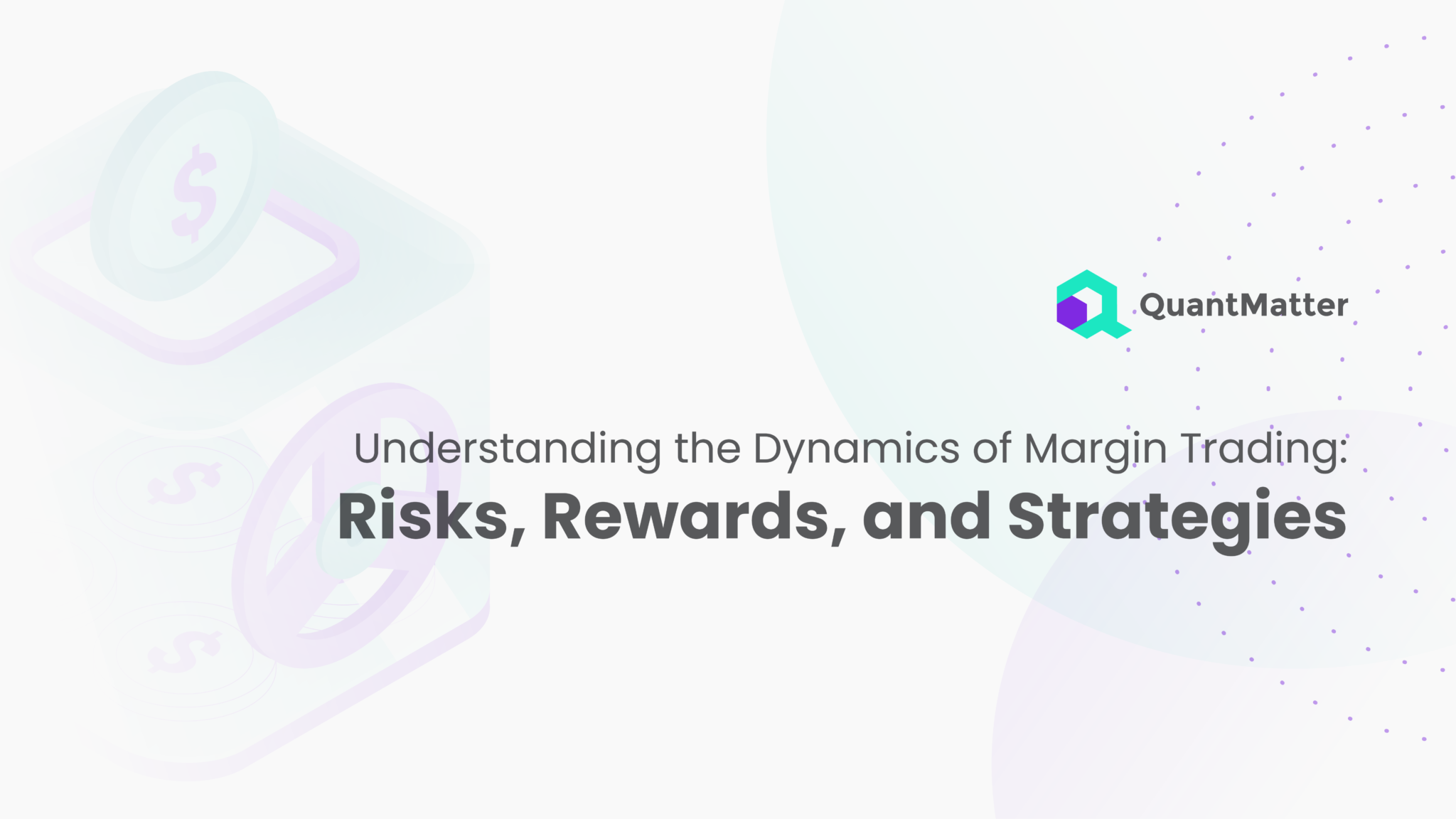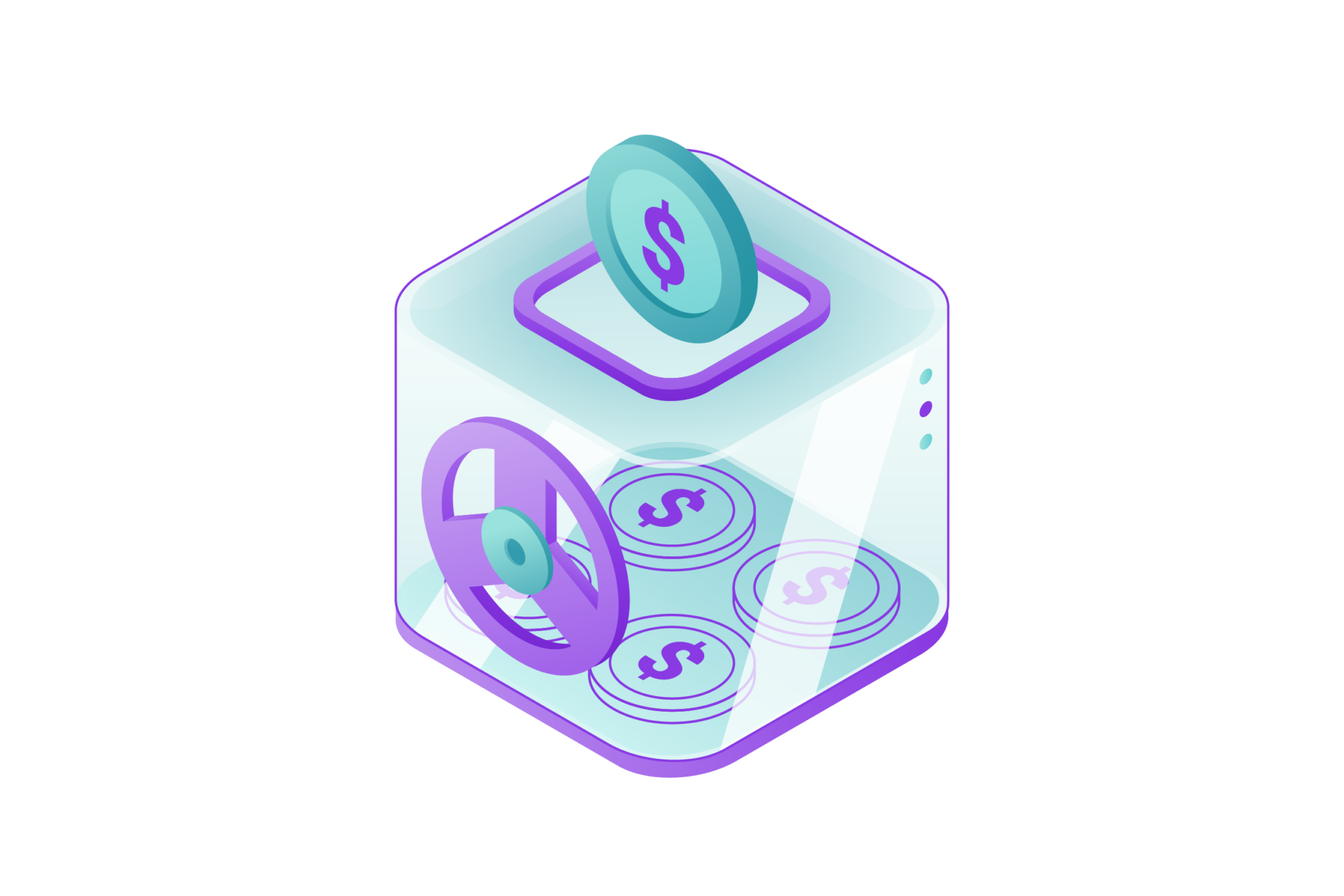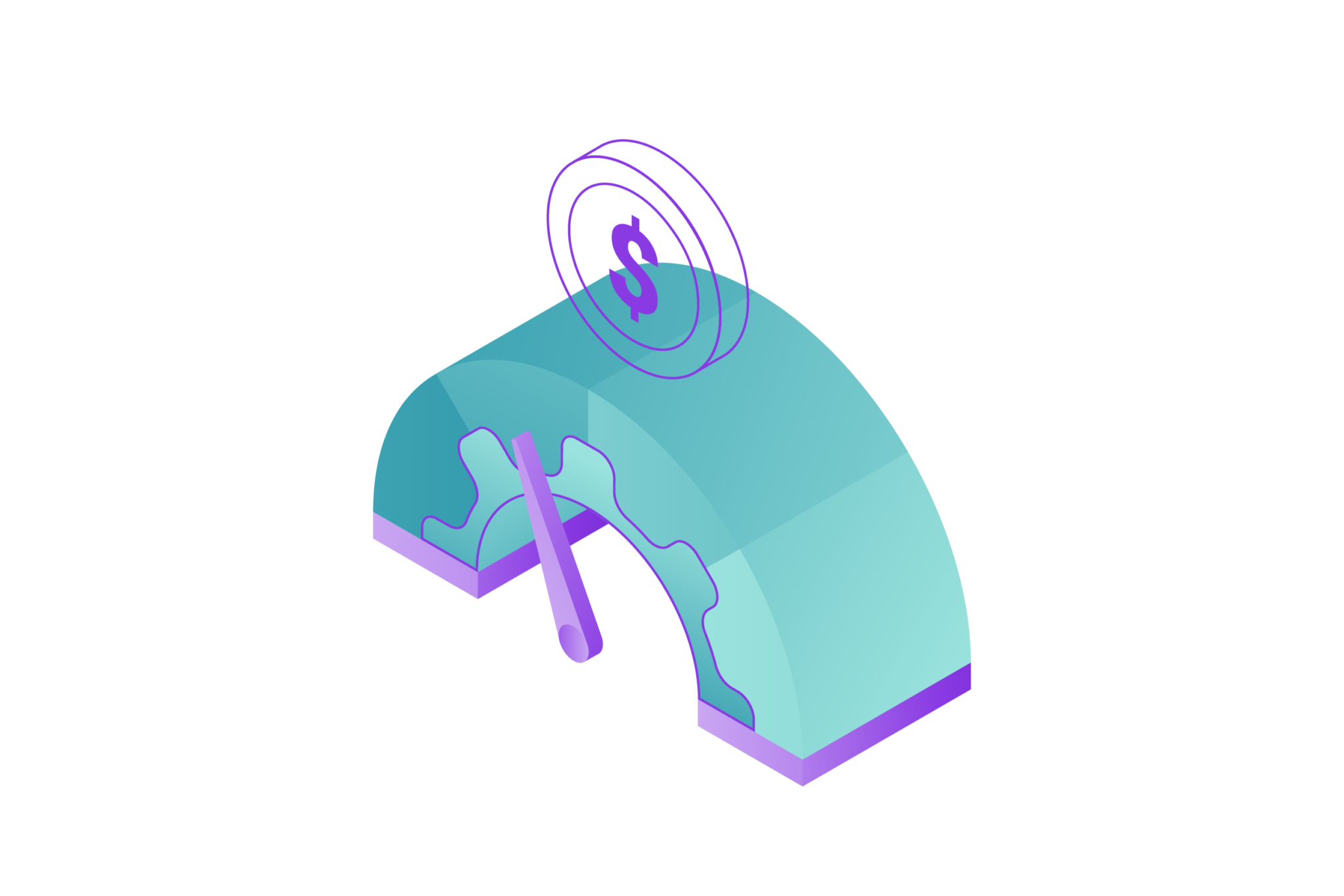
In margin trading, money is borrowed in order to open positions larger than the amount that one’s own capital could support. Margin trading clearly provides opportunities for high profitability and a diversified portfolio, but with very careful consideration of the risks.
Those traders who are embarking on margin trading should do so with a thorough understanding of market dynamics, unwavering discipline in applying their risk management strategy, and prudent position leverage. Though this strategy can help multiply gains, it also increases risk. We will focus today on the important issues of margin trading, where we’ll discuss its advantages and disadvantages, analysing how it works as well.
The Basics of Margin Trading

Margin trading is an advanced investment instrument that allows investors to multiply their potential winnings by borrowing from brokers. This strategy can be said to revolve around the principle of leverage, whereby traders use borrowed capital to control positions that are far larger than what their own cash would allow. Leverage ratios, such as 2:Indicate the multiplier effect of 1 or 3:I on the trader’s exposure. For margin trading, users must open a margin account with their broker where they can borrow against the value of existing assets.
An important issue in margin trading is the maintenance level of margins that are established by brokers. This translates to the lowest account’s balance that traders should keep. In the event of market losses causing the account value to drop below this level, a margin call is triggered. In a margin call, the trader must put up more money or sell off some positions to meet minimum margins. This factor creates a risk management component where large losses are likely to unleash forced selling, which may cause more market volatility.
Another aspect of margin trading is called short selling. Unlike conventional investing, where the profit is generated from price appreciation in assets, margin trading offers investors an opportunity to make a profit when prices are falling. Flexibility is especially necessary in volatile markets, as it helps to generate returns even in a bearish market.
Margin trade has a very significant role in interest rates since dealers normally have to pay money for borrowing funds. These rates are determined by brokers using different factors, like the rate of market interest and how risky the trader’s positions seem. Investors should consider these costs as they judge the overall profitability of margin trades.
In spite of the possibilities for larger benefits, margin trading involves certain risks. High leverage can cause significant losses due to an amplified market impact as the trading position increases. Therefore, efficient margin trading involves not only deep knowledge of the financial markets but also careful risk management and well-thought lever use.
Margin trading provides opportunities for greater returns, but it needs to be approached with care and consideration. Investors have to keep in mind the risks associated with this trading strategy and closely monitor their positions and market conditions so as not to lose money.
6 Risks Involved in Margin Trading

Margin trading involves borrowing money to magnify the scale of a trade. However, it also has tremendous risks attached. Here are some key risks associated with margin trading:
1. Magnified Losses
Through margin trading, traders are permitted to manage larger positions with fewer funds of their own. This increases potential gains but also multiplies losses. For example, if you have $1,000 and use 2:1 leverage, you have control over a $200 position. While most of the loss due to a 10% decrease in an asset’s value is $100 (allows recall), given that your position was leveraged, you stand to lose more – and precisely by another hundred dollars. This multiplication of losses may soon drain the trader’s account as well, but more so when the market moves against him.
To illustrate, suppose a trader invests in a stock using 3: 1 leverage. However, if a trader has leveraged three times and the stock price declines by 5%, then he or she would lose not only 5% of the original invested amount but also another loss equal to further multiplied factor equals (1) five percentage multiplied by twenty-five percent.
This points to the fact that leveraged positions can result in massive losses far beyond what would have been possible without such a position. Thus, the choice of leverage level in margin trading is an important task that requires careful risk assessment.
2. Margin Calls
Margin calls represent an important component of margin trading and a major threat to traders. Margin calls are issued by brokers when the value of securities with a margin account drops below some critical level, the maintenance margin. Traders then must deposit further funds to cover losses or face their positions being closed out against their will. This liquidation under duress sometimes takes place on unfavourable terms, adding to the losses. It becomes increasingly difficult to forestall margin calls since market moves are unpredictable at any time of high volatility.
Take, for example, the case of a trader who uses leverage to buy into an unstable virtual currency. In the event of a strong drop in the cryptocurrency due to price instability, the dealer’s margin account may decrease below maintenance, resulting in a cash call. However, if the trader cannot infuse fresh funds immediately, the broker may liquidate the trader’s assets to generate money losses. This process can result in major financial losses and clearly identifies the importance of meticulously tracking margin rates as well as a strong risk management plan.
3. Interest Costs
In margin trading, a trader borrows from the broker and incurs interest costs. These costs can add up over time, particularly during long periods of vacancy. Traders should consider these interest charges as they calculate their potential earnings. If the earnings from maximum returns do not outweigh their interest costs, traders can find themselves in a situation where they are making more on interest than profits. This trend can undermine overall profitability and, in some cases, cause a net loss even if the market moves as predicted.
For example, take the case of a trader who borrow If a yearly interest rate is equal to 5 percent, this trader would be charged $2. However, the trader will incur a net loss if the trade’s profit is less than $250 and deduct interest expense from total income. Thus, it is crucial for traders to effectively estimate the potential returns in comparison with interest costs on margin trading.
4. Leverage Risks
During margin trading, leverage represents a double-sided blade. It can, however, greatly increase the likelihood of losing. High levels of leverage that traders can be tempted to use offer risks; it is easy for the trading account to be wiped out if markets don’t move in favor. High leverage can result in a loss that is larger than the negative price change. The relationship between leverage and risk is also important. However, traders are urged to use leverage carefully because higher leverages do not only enhance potential gains but also open a chance for much greater losses.
As an illustration, imagine a forex trader using 50: 1 leverage. With this approach, the trader can command a position size 50 times their investment; however, an adverse price movement of just two percent would consume all initial capital. As such, it is necessary to reflect on the adequate level of leverage depending on market conditions and the volatility of assets, as well as risk tolerance, in order for leverage risks to be properly managed.
5. Market Volatility
Margin trading has major market volatility risks. When traders are highly leveraged, they could lose significant amounts of money due to fast and, at times, unpredictable movements in their prices. When volatility is high, for example, during significant economic issues or geopolitical uncertainty, markets can show sudden and unstable changes. As such, for margin traders, this means that there is now a greater chance of them being hit with a margin call or getting taken out at adverse prices due to the intensified volatility. Failure to anticipate and react quickly enough to such market ups and downs can prove costly for traders involved in margin trading.
Also Read: Market Maker Options: Definition and How They Make Money
A case in point is a day trader who utilizes margin to profit from interday price movements. If something comes up that changes the price significantly and unexpectedly, a trader will find it difficult to react immediately, which often results in even bigger losses. It highlights the significance of knowledge about market conditions and readiness for increased volatility when involved in margin trading.
6. Limited Risk Management
Successful trading involves risk management as a key component, and margin trading may prevent some of those strategies. The freedom of traders to use risk mitigation measures is limited by the margin requirements and leverage ratios that brokers put on them. For example, stop-loss orders might be limited because of the degree to which some assets are volatile or market conditions. Traders have to deal with these constraints by analyzing the risk-return dynamics of every position and using supplementary methods for capital preservation.
For example, consider a trader who plans to place an expansive stop-loss order in anticipation of possible fluctuations within the market. But it may be difficult for the trader to apply this approach as a practical risk management technique because of high uncertainty or certain broker limitations. Such instances warrant the use of other risk management devices or a lower-level leveraging approach.
Strategies to Mitigate Risks

Effectively managing risks for trading, especially margin trades, calls for a careful and deliberate stance. Here are several strategies to help traders manage and reduce risks:
1. Diversification
In risk management, diversification is a concept in which investments are distributed across various assets or categories of assets to minimize negative performance in any single investment. When it comes to margin trading, diversifying becomes highly essential because of the increased risks that arise with leverage.
With such a wide portfolio of assets, traders are able to protect their losses in one sector with gains made in another. For instance, a trader may diversify his portfolio to carry stocks, bonds and commodities. On the other hand, one should bear in mind that too much diversification can decrease earnings potential; therefore, finding a balance is critical. Diversification is a risk minimization tool because it would not allow the entire portfolio to be over-sensitive to one asset subjected to fluctuations.
Imagine a trader who looks only at technology stocks. If there are negative market conditions in the tech sector, this concentrated portfolio could lead to significant losses. However, a portfolio of diversified assets from various markets may have fewer dips under the same circumstances. Diversification does not fully eliminate risk, but it is a key strategy for protection against the influence of unexpected events on individual assets.
2. Risk-Reward Ratio
It is one of the most essential tools that risk management has to offer. This ratio calculates the potential loss and gain per trade, helping traders decide which entry or exit points to choose. For instance, a risk-reward ratio of 1:It means that for every dollar spent, the trader will want to get $2 in return. This method guarantees that even a string of small losses is acceptable when the cumulative effect is profitability. In evaluating appropriate risk-reward levels, traders should carefully consider market conditions and volatility, as well as the characteristics of the asset being traded.
Consider a trader who consistently applies a risk-reward ratio of 1: 3. If just one in three trades makes a profit, the general strategy still has a positive net result thanks to the good risk-reward framework. This measure promotes disciplined trading as it invokes the need to protect capital and maximize returns. It also allows traders to write off emotionally driven decisions by using a technique that is in keeping with their risk tolerance and the whole trading strategy.
Also Read: Market Making: Strategies and Techniques
3. Set Stop-Loss Orders
Setting stop-loss orders is a basic risk management strategy, allowing traders to sell an asset when its price reaches the selected level automatically. This technique is fundamental in margin trading, where the chances of huge losses are magnified. A stop-loss order serves as a safety net, preventing emotions from prompting indiscriminate reactions during volatile market conditions. Nonetheless, one needs to pay attention to the possibility of slippage that can occur in volatile markets when the actual execution price differs from what was agreed upon by parties as a stop-loss level.
Thus, suppose a trader employed margin to trade the highly volatile cryptocurrency. Through a stop-loss order, the trader determines where they will exit their trade if the market moves against them. The stop-loss order is activated when there are sharp drops in the cryptocurrency’s value and helps prevent significant losses, as it automatically sells off position at a predetermined price. This disciplined method corresponds with the principle of risk management, not allowing a trader to hang on to a losing position while awaiting a market correction.
4. Conservative Leverage
To control the risks involved with margin trading, it is essential to use leverage moderately. Unlike leverage, which increases possible profits, it boosts the consequences of losses. The amount of borrowing should be kept within reasonable limits to prevent margin calls and forced liquidation. Conservative leveraging means carefully analyzing the risk/reward profile of each trade and guaranteeing that potential profits outweigh additional risks. It also needs knowledge of broker’s leverage ratios and their effect on overall portfolio risk.
For example, consider a trader with $10,000 of capital who decides to use 2: 1 leverage. The trader now has a $20,00 position. If the market goes in a way that is contrary to this position, then losses are enhanced, unlike an unleveraged trade. Conservative use of leverage may include selecting a lower leverage ratio or avoiding the application of leverage in certain market conditions. This strategy allows traders to manage their positions efficiently, minimize the possibility of margin calls, and endure negative market trends.
Conclusion
The appeal of margin trading stems from the fact that it allows an investor to control more significant positions with relatively less of one’s wealth. But the possibility of enhanced returns opens up a broader scope for losses. This dichotomy highlights the need for a strong risk management framework. However, traders should carefully measure their risk appetite, determine efficient reward-risk ratios, and form stop loss orders to limit possible downswings. If these measures are not implemented, traders can be exposed to significant losses, especially during unstable times in the market.
In addition, leverage must be used with caution. At the same time, leverage multiplies gains but also enhances the risk of losses. Traders need to restrain themselves from borrowing too much, as a margin call and forced liquidation would mean the rapid elimination of capital. Leverage use should correlate with the overall risk profile, current market conditions and asset characteristics. By striking this balance, traders can reap the advantages of margin trading while avoiding its underlying vices.
Disclaimer: The information provided by Quant Matter in this article is intended for general informational purposes and does not reflect the company’s opinion. It is not intended as investment advice or a recommendation. Readers are strongly advised to conduct their own thorough research and consult with a qualified financial advisor before making any financial decisions.

I craft stories that make complex ideas clear. I simplify the blend of data science, machine learning, and crypto trading, showcasing how advanced tech and quantitative models analyze data for informed trading choices. Join me in exploring the realm of quantitative trading, where my narratives make intricate concepts easy to grasp.
- Alifia Berizkyhttps://quantmatter.com/author/alifia-berizky/
- Alifia Berizkyhttps://quantmatter.com/author/alifia-berizky/
- Alifia Berizkyhttps://quantmatter.com/author/alifia-berizky/
- Alifia Berizkyhttps://quantmatter.com/author/alifia-berizky/
